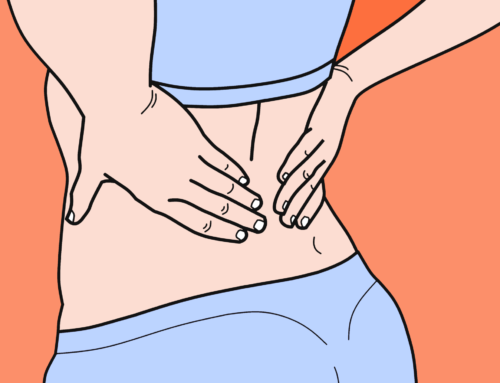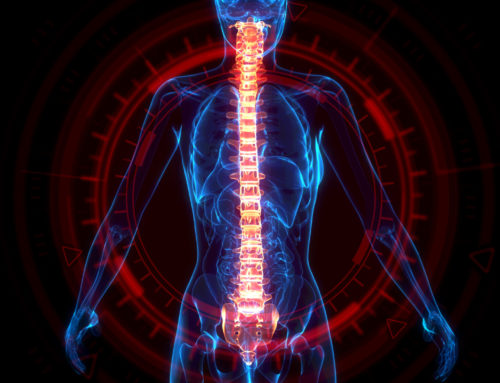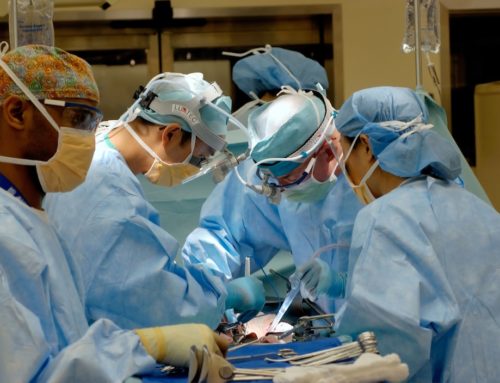Did you know that over 500,000 people have back surgery each year in the United States? One of the most common types of back surgery is for a herniated disc, but not everybody understands the details or surgery risks.
We’ve put together a brief guide that outlines everything you need to know about lumbar disc herniation.
Let’s dive in.
How Do I Prepare For It?
You’ll likely have a pre-operative appointment a week or two before your surgery. During this visit, your surgeon will go over the details of the procedure with you and answer any questions you may have. You’ll also be asked to sign a consent form.
It’s important that you understand all of the potential risks and benefits of the surgery before you proceed. Once you’re ready to move forward, your surgeon will give you specific instructions on how to prepare for surgery. This may include:
- Quitting smoking
- Avoiding certain medications or supplements
- Fasting for a period of time before the procedure
So, be ready to make lifestyle changes if necessary.
What Happens During the Surgery?
Lumbar disc herniation surgery is typically performed under general anesthesia, meaning you’ll be asleep during the procedure. The surgeon will make an incision in your lower back and then carefully move aside the muscles and tissue to access the affected disc.
Once the disc is exposed, the surgeon will remove the herniated portion of the disc. In some cases, the surgeon may also need to remove some of the surrounding tissue.
Once the disc is removed, the surgeon will close the incision with stitches or staples and then apply a dressing.
What Can I Expect After Surgery?
After surgery, you’ll be taken to a recovery room where you’ll be closely monitored.
You may have some pain and discomfort in your lower back, but this can be controlled with medication. You’ll likely stay in the hospital for one or two days after surgery before being discharged home. Once you’re home, it’s important to take it easy and follow your surgeon’s instructions for recovery.
This typically includes:
- Taking pain medication as needed
- Avoiding heavy lifting or strenuous activity
- Rest when you feel tired
- Gradually increase your activity level as you start to feel better
Most people who have lumbar disc herniation surgery experience a significant reduction in pain and other symptoms. However, it’s important to keep in mind that surgery doesn’t always cure the problem.
In some cases, additional treatment may be needed down the road.
What Are the Risks?
As with any surgery, there are potential risks and complications associated with lumbar disc herniation surgery. These may include:
- Infection
- Bleeding
- Blood clots
- Injury to the nerves or surrounding tissue
In most cases, these complications are rare and can be effectively treated if they do occur. However, it’s important to be aware of the risks before you undergo surgery.
Lumbar Disc Herniation Doesn’t Have to Be Complicated
As long as you keep the above info about lumbar disc herniation in mind, you’ll be in good shape.
Just remember to listen to your surgeon’s instructions and take things easy during your recovery. With a little time and patience, you’ll be back to your normal self in no time.
Want to learn more about what we can do? Be sure to reach out to us today and see how we can help you.






